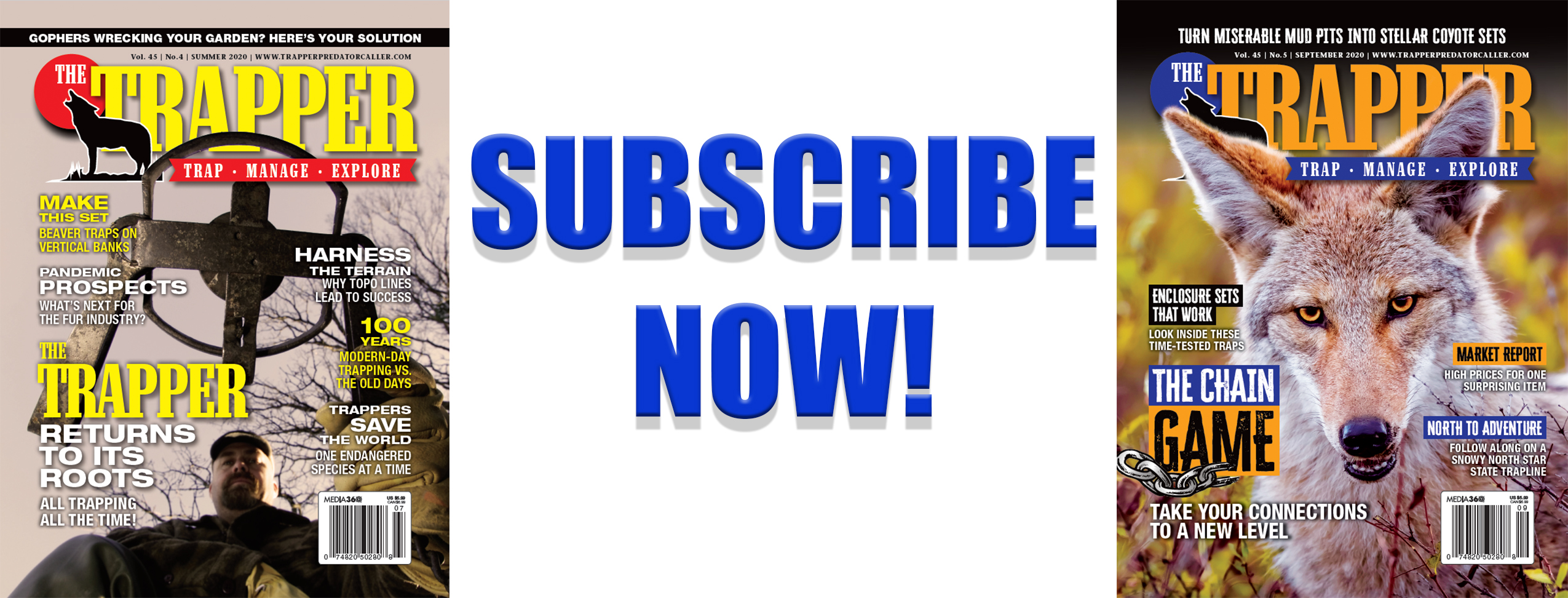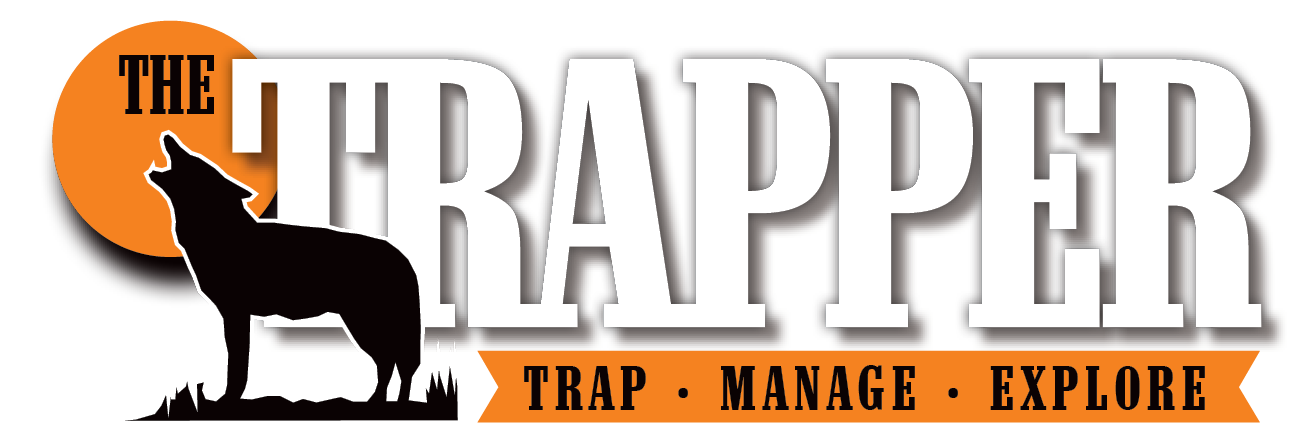By Serge Lariviére
Trapping season is coming to an end very soon and a lot of fur is already in the shed, harvested and sold, or skinned, stretched and dried waiting for the next local or international auction, or waiting to go visit the local buyer. Every season that has gone by since 2013 resembles Groundhog Day — time passes and not much changes. Trappers remain in the field, having fun harvesting animals they enjoy studying and pursuing, and most have accepted the overall low prices we are getting for the fur we catch.
We are now entering 2023, the first international wild fur auction is scheduled in March 2023 at Fur Harvesters in North Bay, Ontario, and we keep hoping the wind turns in our favor. There are a few signs of optimism this time. First, COVID restrictions on travel have been mostly lifted, so some international buyers will travel to Canada to inspect the skins and bid in person. Experienced leaders in the trade know that in-person bidding seems to bring higher prices, so hopefully, this will happen. Secondly, clearances of skins at past ranch mink sales suggest that the demand for fur is not fully satisfied, so this may translate into more active bidding and thus higher prices.
On the other side, war continues between Russia and Ukraine, and the resulting instability leads to cautionary buying from Russia — the greatest consumer of wild fur. Economic sanctions against Russia also impair their ability — and their desire — to buy American goods. The currency used in Russia — the ruble — is still low and approximately twice lower than it was in 2013 when our market last boomed! For example, today, one U.S. dollar can buy 60 rubles, whereas in 2013 — one dollar amounted to 30 rubles! So with no other changes, it takes twice the Russian money to buy an item.
The ruble seems to be gaining strength slowly, and this may also help our trade eventually — but likely not in the short term, yet. Too much uncertainty remains because of the conflict, and uncertainty always hurts the demand for luxury goods. Post-war recovery of the economy will help us — but we are not post war yet. Hopefully, things settle down on that front in the next month or two, I believe the market could rebound real fast once the world is at peace again. We need that for our industry — peace and stability.
In real terms, expect prices to remain very similar to last year. You may be able to get a slightly better price for beavers because the hatter market is strong and the harvest is low. American martens, especially the better skins from northern areas, may also advance slightly. The rest of the species will likely remain on par with last year’s prices. Raccoons, red foxes and wild mink remain the toughest items to sell, and no improvement is expected anytime soon.
The two stars in the trade remain castoreum — beaver castor glands — and skins of taxidermy of wall-hanging quality. Beautiful wolf skins, wolverines, cross and silver foxes will move easy at good prices. Investigate your options if you have access to these pelts on your trapline. For beaver glands — handle them well, keep them clean of meat, do not cut holes in them, and do not overdry — as they are sold by weight. Dry for a few days and freeze them until ready to sell.

If you are going to sell your fur the old-fashioned way, do your very best when preparing and finishing it. Photo credit Jason Houser.
A slight wind of optimism surrounds the muskrat market — simply because clearance of ranch mink pelts may lead buyers to look for alternatives, and muskrat has always been the poor man’s mink — selling best when ranch mink is expensive. Don’t expect prices to double, but prices could climb a little in early 2023.
Coyotes have fallen back to pre-Canada Goose levels, and overall averages will remain in the $15-$30 mark, with marginal skins extremely tough to sell.
It will be March before we see if the lifting of travel restrictions really enhances our ability to sell wild fur. Historically, bidding wars in the auction room sometimes took skins off to exceptional levels, and we hope that 2023 starts the upswing in prices we have long been awaiting. I personally think we need the Russian war to end before prices start rising again, but I will be more than happy if prices turn up better than my forecast!



